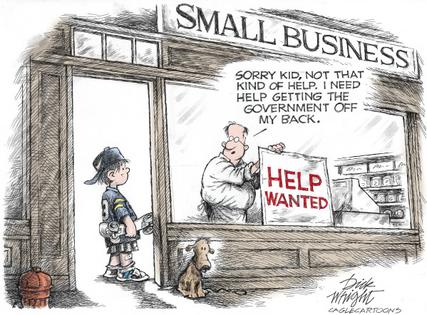The Rise and Fall of the Shopping Mall
My buddies Ayres and Klinger and I walked its crowded corridors for hours on Friday nights, hoping to meet girls.
That’s what we did at South Hills Village Mall in the late 1970s, when we were teens and the American Mall was in its heyday.
Built in the mid-1960s, and the very first indoor mall to be constructed in Pittsburgh, “The Village” was a typical, large two-level structure with “anchor” department stores at each end, a Sears Roebuck in the middle and a variety of retail stores in between.
No mall visit was complete without stopping into the pinball and games arcade or Spencer Gifts, a novelty and gag gift store that sold everything from lava lamps to Farrah Fawcett’s famous poster.
The mall became the town square for suburban kids. Our younger siblings spent so much time there their generation would earn the name “Mall Rats.”
We were clueless teenagers. We had no idea why or how the suburban mall had evolved, but its birth — and its recent rapid decline — is an interesting, though complicated, American story.
According to a 2014 article in Smithsonian Magazine, the explosion of malls across America was fueled by urban flight, suburban growth and economic prosperity after World War II.
But that’s not the full explanation, the magazine said. The unintended good intentions of government economic policy and federal tax codes tell the rest of the story.
Smithsonian said that in 1954 Congress was eager to stimulate investment in manufacturing. To that end, it accelerated annual depreciation rates for new construction.
Depreciation is a tax concept that assumes that a piece of machinery or a building has a finite lifespan — that upon being built, it begins to lose value until it eventually needs to be replaced.
...continued
Copyright 2021 Tom Purcell, All Rights Reserved. Credit: Cagle.com







